THIS PROMOTIONAL FEATURE WAS PROVIDED BY BARENBRUG
The summer survivor’s guide for ryegrass pastures.
Cast your mind back to autumn 2020, just before the first COVID-19 lockdown. Remember how people stripped the supermarket shelves of things like toilet paper, flour, and tinned tomatoes?
They were building up a hoard of emergency reserves to get them through what they expected to be a tight time.
Now here’s the cool thing: All ryegrass plants in your pastures are capable of doing exactly the same. Stashing away a hoard of reserves to tide them over when things get tough.
Unlike us humans, they don’t need to rush off to the supermarket to do this, and in their case, a ‘tight time’ usually means too much heat and not enough rain. (Fine if you have reliable irrigation, challenging if you don’t.)
Above ground, not below
Also – and this is critical - ryegrass stores its reserves at the very base of each plant, not in a pantry or freezer.
But still, the principle is the same. And that’s really important when things turn hot and dry in summer because those emergency reserves are the only thing that will give your ryegrass plants the power to start growing again after a tough dry spell.
If you’re a dryland farmer, you’ve no doubt seen this yourself – how a sad, brown pasture can turn green again after a decent rain.
You may also have seen sad, brown pasture that stays unchanged even after rain, and never starts growing again.
Nothing left to give
Its reserves are gone, and it has nothing left to give, usually because your animals have grazed it down to the ground and eaten the precious pantry of emergency supplies in the process.
This is very common after a long, hot, dry summer with no irrigation, or if your water is restricted. It’s also expensive, stressful and time-consuming to fix, and it can really prolong the effects of a hard season because your farm won’t bounce back as fast as it should.
So how can you stop this happening if the rain stops, and the thermometer rises this summer?
- Respect the pantry! And protect it wherever you can. That bottom 2-3 cm of growth at the very base of your pasture for sheep (4-5 cm for dairy cows) might look like valuable grazing to you and your animals when feed is short. But it’s also the only thing keeping your ryegrass alive. Once it’s gone, you can’t get it back.
- Ring-fence your best paddocks. They are the ones that will recover fastest and produce the most feed once rain comes and grass starts growing again. Over-graze others if you have to, but go the extra mile to save these, and leave 3-4 cm cover on them. They are literally your rainy-day fund.
- Make the most of summer crops. They keep your animals happy and well fed, and every time you graze those, you take pressure off your pastures.
- Use on/off grazing, but only at 2.5 leaves – not 1 leaf! Once your animals eat down to the right residual, take them off, and put them on a feed pad, crop stubble, lower value pasture or paddock(s) earmarked for renewal.
- Lighten the load. Get rid of excess mouths. Use strategies like selling lambs store (so you can better look after other classes) or for dairying once a day milking to reduce feed demand.
- Supplement your feed supply, either from your own summer crops, hay, silage, or bailage; or from off-farm, or both. That way you can look after your animals and your pasture at the same time.
Finally, when it does rain, remember the ryegrass emergency pantry has to be re-stocked!
It’s very tempting to graze the first green shoots of growth.
But your ryegrass needs those to replenish the reserves it’s used to survive the summer. If you graze straight away, you’ll weaken and possibly kill your pasture. Wait until you have 2.5 to 3 leaves, then graze.
For more great advice on summer pasture management, talk to your Ruralco Representative today.
Back to Real Farmer
Related
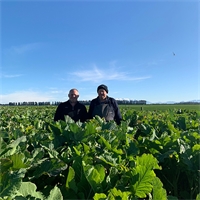
To find a successor to the hugely popular and widely regarded kale variety Sovereign is no easy task...
Read More
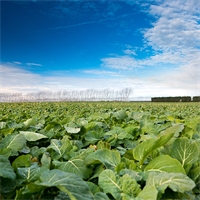
As an essential nutrient for plant growth and development, nitrogen (N) is critical for increasing c...
Read More
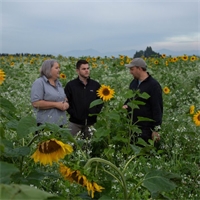
Energy consumers have the opportunity for more choice of energy companies, thanks to the recent deci...
Read More
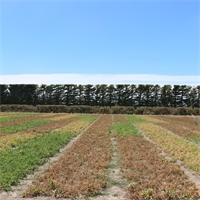
One of the many things that New Zealand arable farmers do very, very well, is adapting to change. Ne...
Read More
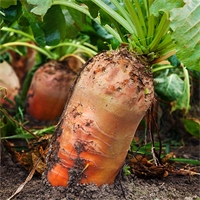
Fertilisers differ in more than just nutrient content. Using fertiliser to apply a single nutrient i...
Read More

Transform a glass jar into a chic statement piece with this easy DIY yarn-wrapping technique.
Read More